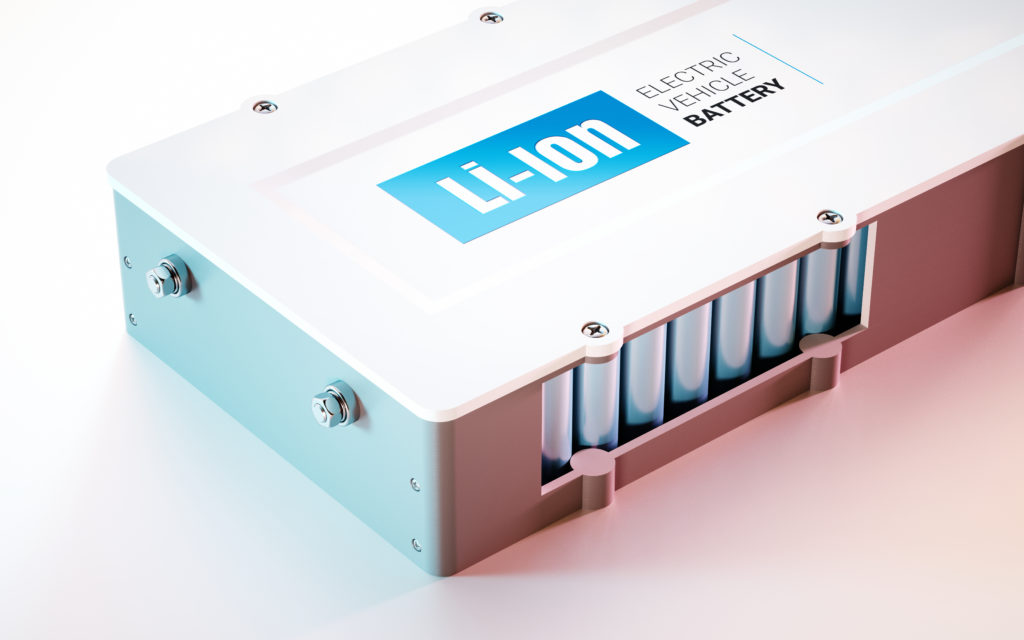
Opposition proceedings at the EPO provide a time-limited opportunity for a third party to challenge the validity of a granted European patent centrally, with the aim of achieving revocation, or at least a limitation, of the granted patent rights. In this article, we will give an overview of the opposition procedure, before delving into tips and strategies for patent proprietors when faced with opposition proceedings.
Overview of the EPO opposition procedure
EPO opposition proceedings are a very cost-effective tool for third parties who wish to oppose the grant of a European patent. A granted European patent is converted into a bundle of independent national patent rights that are administered at the national level under the patent laws of each country. EPO opposition proceedings are an exception to this, whereby the grant of a European patent can be contested centrally for a limited period of time after the date of grant.
The cost of challenging the grant of a European patent centrally at the EPO is a small fraction of the cost of pursuing separate invalidity proceedings in the national courts in each country where the patent is in force. Furthermore, any decision by the EPO to revoke or limit a European patent is not open to challenge in the national courts. As around two-thirds of oppositions result in limitation or revocation of the opposed patent, EPO opposition proceedings are both a powerful tool for the opponent and a serious threat for the patent owner.
Since 2016 the European Patent Office has applied a streamlined opposition procedure that aims to deliver a first-instance decision within two years from the date of grant for straightforward cases. Procedural economy is an important characteristic of these streamlined opposition proceedings, meaning that both opponents and patent owners are expected to adhere to a strict procedural framework, with plenty of pitfalls along the way for the unprepared.
Opposition proceedings at the EPO begin with the filing of a notice of opposition by the opponent. The notice of opposition must be filed within nine months from the date of grant and the patent can be challenged only on three grounds, namely:
- Non-patentability, i.e. a lack of novelty, lack of inventive step, lack of industrial applicability, or excluded subject-matter
- Insufficient disclosure, where the patent does not enable the skilled person to work the invention
- Added subject-matter, where amendments to the patent extend beyond the disclosure of the application as originally filed.
Once the opposition has been filed, the patent owner is notified of a four-month period to file a response together with any amendments to the claims. Next the EPO will issue a summons to attend an oral hearing together with a non-binding preliminary opinion on the merits of the opposition issued by a panel of three technically qualified examiners, who are known as the Opposition Division. The summons also sets a due date for the parties to file any further written submissions in advance of the oral hearing. Finally, the proceedings culminate with an oral hearing that provides the final opportunity for each party to present their case in person. The Opposition Division will issue a verbal decision on the day of the hearing whether to dismiss the opposition, to maintain the patent or in an amended form, or to revoke the patent.
Advice for patent owners
The EPO has a deserved reputation for the quality of its patent granting procedures and a patent owner might be forgiven for believing that an opposition is unlikely to succeed in the absence of a new and indisputable piece of prior art. However, the reality is more nuanced.
The Opposition Division will generally have a different composition to the Examining Division that granted the patent and a fresh set of eyes will inevitably bring a new perspective. The decision to grant a patent often involves a degree of discretion, for example over the breadth of claim that is supported by a set of experimental data, or over the interpretation that is given to the language of the claims. Any discretion given by the Examining Division will usually be closely scrutinised during opposition proceedings, and often in the light of a different set of facts and evidence. Furthermore, the participation of the opponent means that there is a party to proceedings who will be doing their best to shine a spotlight on any gaps or weaknesses in the patent owner’s case. The grant of the patent therefore provides little, if any, presumption of validity and the response to a notice of opposition should therefore consider all possible eventualities.
The response to the notice of opposition is formally the last opportunity to have claim amendments introduced into the proceedings as of right. The patent owner should therefore file at this stage any claim requests that it may wish to rely on later in the proceedings. These may be presented as a Main Request and a series of numbered auxiliary requests. Even if the opposition is thought to have little merit, choosing not to file a claim request at this stage runs the risk that it may not be admitted to the proceedings at a later stage.
Patent owners are often concerned that filing auxiliary claim requests before the Opposition Division has issued any opinion on the merits of an opposition could be interpreted as a sign of weakness or acquiescence to the arguments of the opponent. However, auxiliary claim requests are considered merely as a routine part of EPO procedure and filing them is not interpreted as any admission of the merits of the opponent’s case. Another possibility is that claim amendments might hint towards commercial embodiments that the patent owner would prefer to keep secret. Here the commercial advantages of secrecy must be carefully weighed against the risk that the patent might not be maintained at all with claims of broader scope.
If it should become apparent later in the proceedings that one or more further claim requests is necessary, then these should be filed at the earliest opportunity together with reasons why they were not filed earlier. In our experience, claim requests filed by the deadline set in the summons are usually admitted into the proceedings so long as cogent reasons are provided as to why they have been filed at that stage. Whereas claim requests filed with the response to the opposition may consider several different lines of amendment, claim requests filed at a later stage will usually be admitted only if they are “convergent” with the earlier requests. That is to say that they should follow the same line of amendment as the earlier requests, albeit in a modified form.
Similar considerations apply to any facts and evidence that the patent owner may wish to rely on. These should be filed with the reply to the notice of opposition unless there are good reasons to file at a later stage. Late-filed facts and evidence will be admitted only if they are prima facie relevant to at least one of the grounds for opposition. The need for additional experimental data in particular should be assessed at a very early stage in view of the short four-month period set for responding to the opposition. The preparation of experimental data is one of the few exceptional circumstances in which the EPO will allow a two-month extension to the period set for responding to the notice of opposition. However, the benefit of the additional time must be set against the risk that any pre-announced experimental data may prove to be inconclusive.
In summary, the aim for a patent owner when defending an opposition should always be to file any amendments, evidence or experimental data at the first opportunity. In the view of the EPO, the complete case of the parties should ideally be captured in its entirety by the notice of opposition and the response. In reality, opposition proceedings are more dynamic and it is often necessary to react to unforeseeable developments at different stages of the proceedings. However, the advice in almost all cases is not to wait to take action. This advice applies all the more in view of the recent revisions to the Rules of Procedure of the EPO Boards of Appeal – a topic to which we will return in a subsequent article.
Gill Jennings & Every has one of the most experienced and active patent opposition practices in Europe, and has an enviable reputation to show for it. If you would like more detailed advice on specific aspects of EPO opposition practice, please find our contact details here and here or contact us at gje@gje.com.

